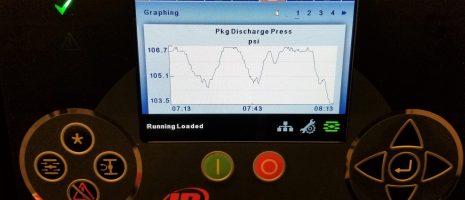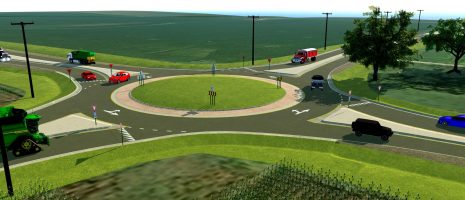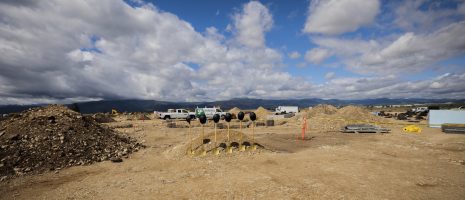Design of mass notification system starts with risk analysis

By Richard Vedvik
A mass notification system provides life-saving information to building occupants and can help improve the safety and security of an organization by providing alerts and real-time instruction during a crisis.
The MNS can provide alerts for various notifications, including general information, child abduction, active shooter, severe weather, and traffic warnings or accidents. But before you install an MNS in your building, a risk analysis should be performed to determine your needs and requirements for the system.
The steps for conducting a risk analysis of your facility are defined in NFPA 72 Section A.24.3.12. Once the need for an MNS is determined, the entire design team must work together to ensure a successful outcome. The design, which is typically completed in three phases, requires:
- Coordination with the floor plan to ensure adequate space is provided for equipment
- Communications infrastructure with enough bandwidth to deliver thousands of messages
- Coordination between the MNS designer and architect to identify rooms that will require acoustical treatments to ensure intelligibility requirements are met
- Testing for functionality and communication
Designers, architects, facility owners, and the authority having jurisdiction involved in the project should understand the rules governing MNS and be able to identify appropriate approaches and performance expectations.
For an in-depth look at the codes, requirements, and testing aspects of MNS designs, read my article “Design aspects of mass notification systems” published in Consulting-Specifying Engineer magazine.












